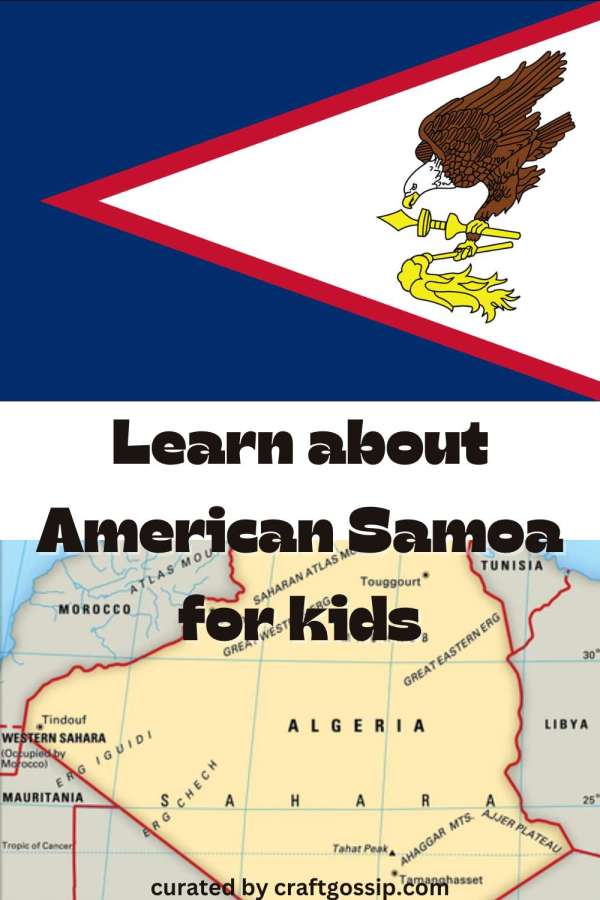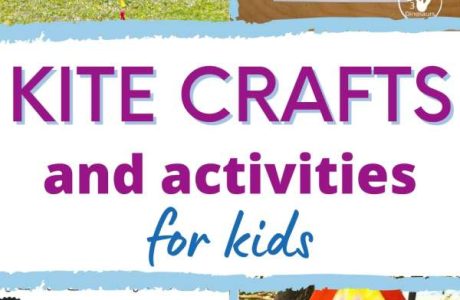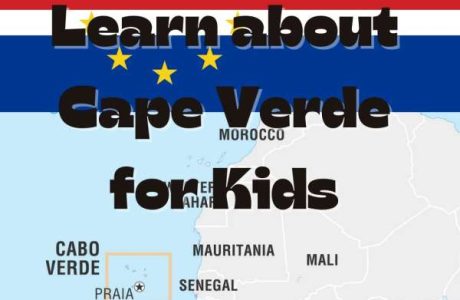 American Samoa is an unincorporated and unorganized territory of the United States, so I’m not exactly sure it counts as a country, but we’re going with it anyway. Where I live there are a lot of Pacific Islanders (mostly from the Marshall Islands) so it’s particularly important to me that kids learn about these island groups, which I think a lot of people don’t know are part of the United States.
American Samoa is an unincorporated and unorganized territory of the United States, so I’m not exactly sure it counts as a country, but we’re going with it anyway. Where I live there are a lot of Pacific Islanders (mostly from the Marshall Islands) so it’s particularly important to me that kids learn about these island groups, which I think a lot of people don’t know are part of the United States.
American Samoa Basics
American Samoa is a group of islands that is the southernmost territory of the United States (and one of two territories south of the Equator, the other being the uninhabited Jarvis Island, which I will admit to never having hear of until Wikipedia told me about it). The islands are about 1,600 miles northeast of New Zealand and 2,200 miles southwest of Hawaii.
American Samoa is mostly made up of five islands and two coral atolls, with Tutuila being the largest and most populous. In all the land is 76.8 square miles, or 199 square kilometers, which is about the size of Washington, D.C., and the population is about 45,500.
Most people in American Samoa are ethnically Samoans and speak both English and Samoan.
American Samoa became a territory of the United States as part of an agreement with Germany and Great Britain in 1899. The islands have great strategic value because of their location, and during World War II American Marines outnumbered the native local population. That influence is still felt today, and in 2021 the Army recruiting station in Pago Pago was first in recruitment.
Despite this, American Samoans are considered non-citizen nationals, who are not granted American citizenship at birth and have no voting representative in Congress. Locally they’ve have a constitution since 1967 and have a locally elected governor.
National Symbols
The flag of American Samoa has a blue background with a red and white triangle pointing to the left. Inside the triangle is a bald eagle holding a war club and a fly whisk (which as it sounds like is a staff with fabric or hair tied to the end that’s used as a fan and to brush away insects).
This flag was adopted in 1960. Red, white and blue are traditional colors of both the United States and Samoa, and the eagle is a national symbol of the US (they do not live in Samoa). The war club represents the power of the government and the fly whisk the wisdom of traditional Samoan leaders.
Their anthem is “Amerika Samoa,” which was adopted in 1950.
[youtube https://www.youtube.com/watch?v=6McjacE1Ly8?si=4dSL6gIKKSNGYJ4B]
I can’t confirm there are any national animals, but the islands are home to the Samoa flying fox, which has a three-foot wingspan, which sounds pretty cool. Today I also learned that flying fox is another name for megabats, and they’re the only mammal native to the islands. Sixteen of the 34 species of birds found in the Samoan Islands are found nowhere else on Earth.
American Samoa Activities for Kids
If your kids are into animals, you can learn more about the Samoan flying fox at Animal Diversity.
Learn about Samoan tattooing from the Australian Museum (fun fact: the word for male tattoos is pe’a, which means flying fox and refers to the dark color of the tattoo). You can watch a traditional Samoan tattooing ritual in this video from Voice of America.
Rugby is a popular sport in Samoa, which you can learn more about with these facts and worksheets from KidsKonnect.
You can learn a lot more about the tropical landscape, fruit bats, coral reefs and traditional Samoan culture at the website for the National Park of American Samoa, which is located in Pago Pago.
Books About American Samoa
Learn more about Samoan culture with Rthan Braxton’s Journey to the Land of the Samoans, which describes traditional Samoan life and culture.
For younger kids, try Sleepy Time Samoa: A Goodnight Bedtime Rhyme, by Mary C. Aflague.
Or you can get a book that includes English and Samoan language, like Head, Shoulders Knees, and Toes in Samoan, or this Samoan book of colors with English translations.
[Map image via Mapsland]





Leave a Reply